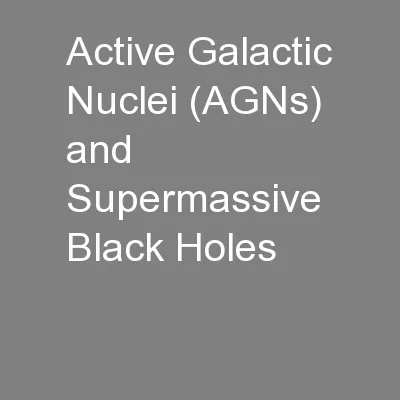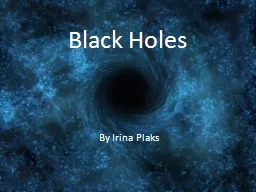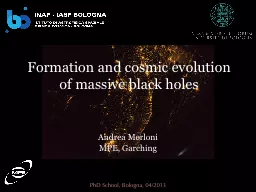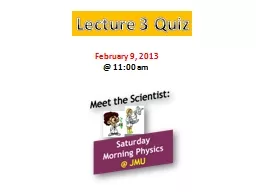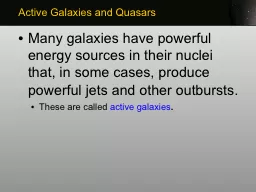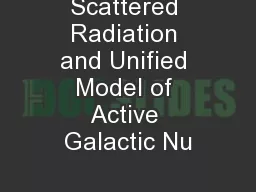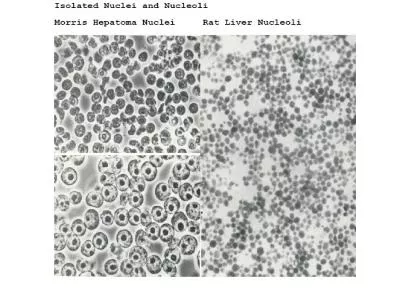PPT-Active Galactic Nuclei (AGNs) and Supermassive Black Holes
Author : alida-meadow | Published Date : 2016-09-03
M87 Hercules A radio jets Active Galactic Nuclei AGNs and Supermassive Black Holes The identification by Maarten Schmidt 1963 Nature 197 1040 of the radio source
Presentation Embed Code
Download Presentation
Download Presentation The PPT/PDF document "Active Galactic Nuclei (AGNs) and Superm..." is the property of its rightful owner. Permission is granted to download and print the materials on this website for personal, non-commercial use only, and to display it on your personal computer provided you do not modify the materials and that you retain all copyright notices contained in the materials. By downloading content from our website, you accept the terms of this agreement.
Active Galactic Nuclei (AGNs) and Supermassive Black Holes: Transcript
Download Rules Of Document
"Active Galactic Nuclei (AGNs) and Supermassive Black Holes"The content belongs to its owner. You may download and print it for personal use, without modification, and keep all copyright notices. By downloading, you agree to these terms.
Related Documents

